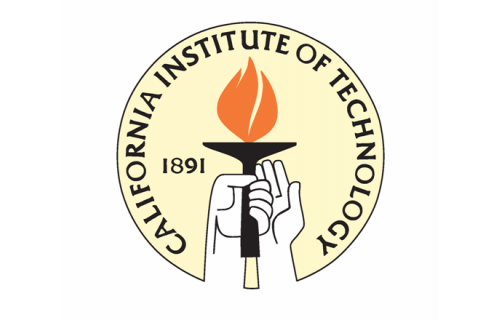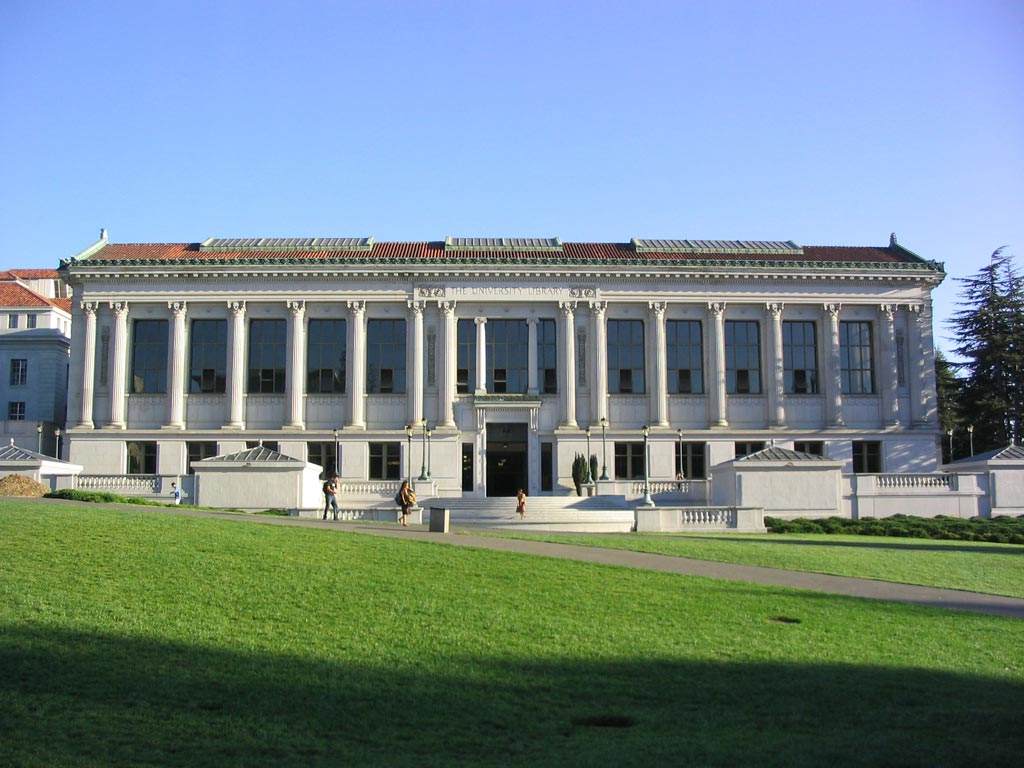
Caltech at a Glance
The California Institute of Technology (Caltech) is a world-renowned science and engineering research and education institution, where extraordinary faculty and students seek answers to complex questions, discover new knowledge, lead innovation, and transform our future.
Caltech's 124-acre campus is located in Pasadena, California.

Mission
The mission of the California Institute of Technology is to expand human knowledge and benefit society through research integrated with education. We investigate the most challenging, fundamental problems in science and technology in a singularly collegial, interdisciplinary atmosphere, while educating outstanding students to become creative members of society.
History
Founded as Throop University in 1891 in Pasadena, California, and renamed the California Institute of Technology in 1920.
Research and Education
Academic Divisions
- Biology & Biological Engineering
- Chemistry & Chemical Engineering
- Engineering & Applied Science
- Geological & Planetary Sciences
- Humanities & Social Sciences
- Physics, Mathematics & Astronomy
26 academic options (programs)
49 cross-disciplinary research institutes and centers
Faculty (1)
Approximately 300 professorial faculty
More than 600 research scholars
3:1 student-faculty ratio
Honors
Nobel Laureates (2): 33
National Medal of Science Recipients (2): 58
National Medal of Technology and Innovation Recipients (3): 13
National Academies Memberships (4): 111
Students (1)
977 undergraduate students
1,204 graduate students
31% female / 69% male
98% placed in the top tenth of their high school graduating class
79% of Caltech alumni ultimately obtain a graduate degree
Class of 2018:
- 6,625 applicants
- 226 members of the freshman class
Affording Caltech (1)
Students receiving need-based assistance: 51%
Average need-based financial-aid package: $39,813
Average indebtedness for class of 2013: $15,010 (among the lowest in the nation for a four-year college or university education)
Second in the U.S. in return on investment of degree (5)
Living Alumni
22,930 in the U.S. and around the world
Global Facilities
Jet Propulsion Laboratory
- Founded by Caltech in the 1930s and managed for NASA since 1958
- 19 spacecraft and eight instruments employed in active missions
- Recently launched missions include the Mars Science Laboratory, Juno, Aquarius, and NuSTAR
- More than 100 research and mission collaborations with Caltech faculty
Caltech Seismological Laboratory
- Internationally recognized for excellence in geophysical research
- Research centers for seismic studies, high-performance computing, and mineral physics
- Preeminent source for earthquake information in Southern California and around the world
International Observatory Network
- W. M. Keck Observatory, Hawaii
- Palomar Observatory, California
- Caltech Submillimeter Observatory, Hawaii
- Combined Array for Research in Millimeter-Wave Astronomy, California
- W. M. Keck Array, Antarctica
- Owens Valley Radio Observatory, California
- Laser Interferometer Gravitational-Wave Observatory, Washington and Louisiana
- Cerro Chajnantor Atacama Telescope, Chile (anticipated 2017)
- Thirty Meter Telescope, Hawaii (anticipated 2020)
Employees (1)
- Caltech: 3,900
- JPL: 5,000
Budget
The FY 2014 budget, including Campus and the Jet Propulsion Laboratory (JPL) totals approximately $2 billion.
- JPL: $1.5 billion
- Campus: $580 million
Campus Budget Allocation:
Revenue
- Contracts and grants: 56.5%
- Endowment payout: 16.8%
- Gifts: 7.6%
- Student tuition and fees: 5.8%
- Other: 13.3%
Expenses
- Instruction and Academic Support: 41.7%
- Organized research: 40%
- Institutional support: 13.1%
- Auxiliary: 5.2%
Caltech endowment valued at $1.96 billion
